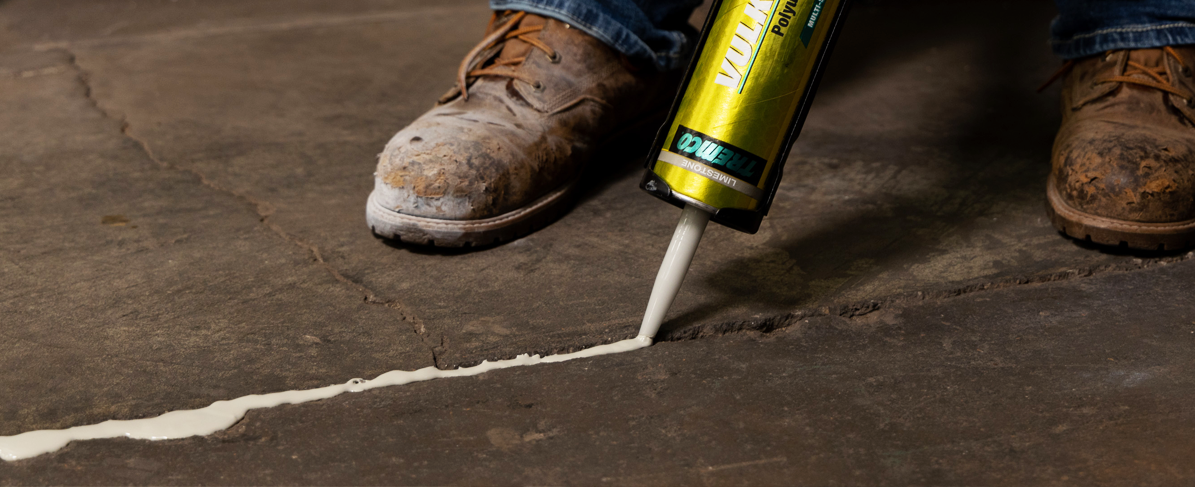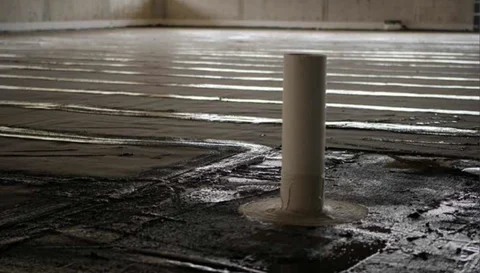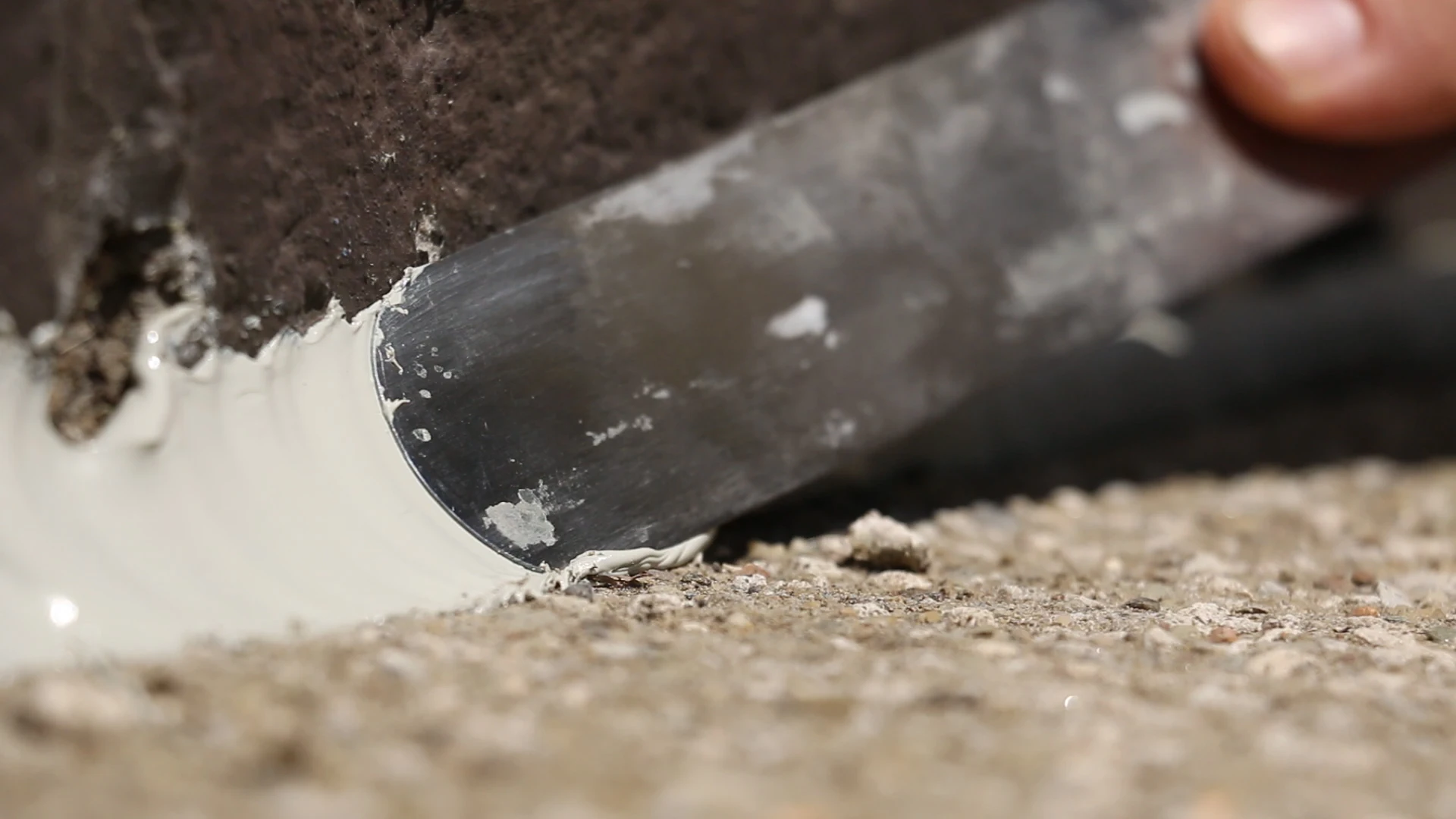Tips for Applying Waterproof Caulking on Concrete
Waterproof sealant application can minimize moisture issues in concrete. Here are common concrete caulking errors and insight on how to avoid them.

Waterproof sealant application can minimize moisture issues in concrete. Here are common concrete caulking errors and insight on how to avoid them.

When applied correctly, the best caulk for waterproofing concrete will effectively seal gaps in concrete expansion joints, cracks in a concrete on slab foundation and between sealed concrete floors and an adjacent wall to stop water infiltration.
Moisture in concrete can widen existing cracks, causing more extensive damage that, in extreme cases, could threaten the structure's integrity. It's important to note, however, that even the best concrete sealant has limitations. Depending on the size and scope of damage, a sealant may not always serve as a long-term solution. For instance, concrete sealants could be used for a minor basement wall crack repair, but not as a cement patch for remediating large structural cracks. If you have questions regarding your specific concrete repair, talk to a Tremco Sales Representative.
To avoid these potential issues though, here are common sealant application errors and how to avoid them, as well as considerations to guide your concrete sealant selection.
 Application errors of waterproof sealants on concrete can cause sealant failures, which can lead to water and air infiltration and subsequent structural damage or mold growth. Common errors during sealant application include:
Application errors of waterproof sealants on concrete can cause sealant failures, which can lead to water and air infiltration and subsequent structural damage or mold growth. Common errors during sealant application include:
Dust, debris, and contaminants can impact the curing and adhesion of the sealant to the concrete. Contractors often use abrasive measures (like a wire brush) and water to prepare concrete joints so before applying the sealant, you must:
To ensure consistent sealant adhesion, contractors must inspect the bond lines of the sealant of the concrete joints and fix any defective sections.
 3. Improper temperature applications of waterproof caulking for concrete
3. Improper temperature applications of waterproof caulking for concreteSuccessful application of the waterproof sealant requires warm concrete. Applying sealant to concrete in cold temperatures can lead to improper sealant curing or delamination caused by freeze/thaw cycling.
Selecting the best waterproof caulking for your concrete project depends on what you are trying to seal, the composition of the material, the finish and the chemistry of the product. The suitable sealant for your concrete project should waterproof the surface to protect it from moisture and temperature changes.
The sealant must accommodate the anticipated movement of the joint. To combat cracks in concrete caused by the natural expansion and contraction during temperature fluctuations, concrete specialists will space periodic expansion or joints in the concrete, as determined by engineers. The sawed, grooved or formed joints allow the concrete to move safely without cracking or damaging the slabs. Therefore, it is critical to select a flexible sealant that can effectively span the width of the joints and withstand the dynamic joint movement.

To restore a sealant joint, you can reseal the joint with a new, compatible sealant, or remove the existing sealant entirely and then apply a new sealant. Reference the Tremco Restoration Guide for step by step instructions on these processes.
To ensure the long-term integrity of your concrete sealant application, you must understand the project-specific conditions, such as application temperature, joint width, anticipated movement and exposure to traffic and the elements. Knowing these factors will determine the most suitable sealant technology for your project and the application instructions to follow.